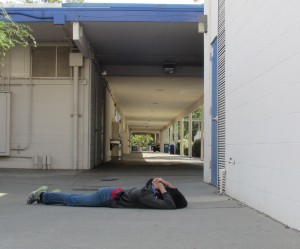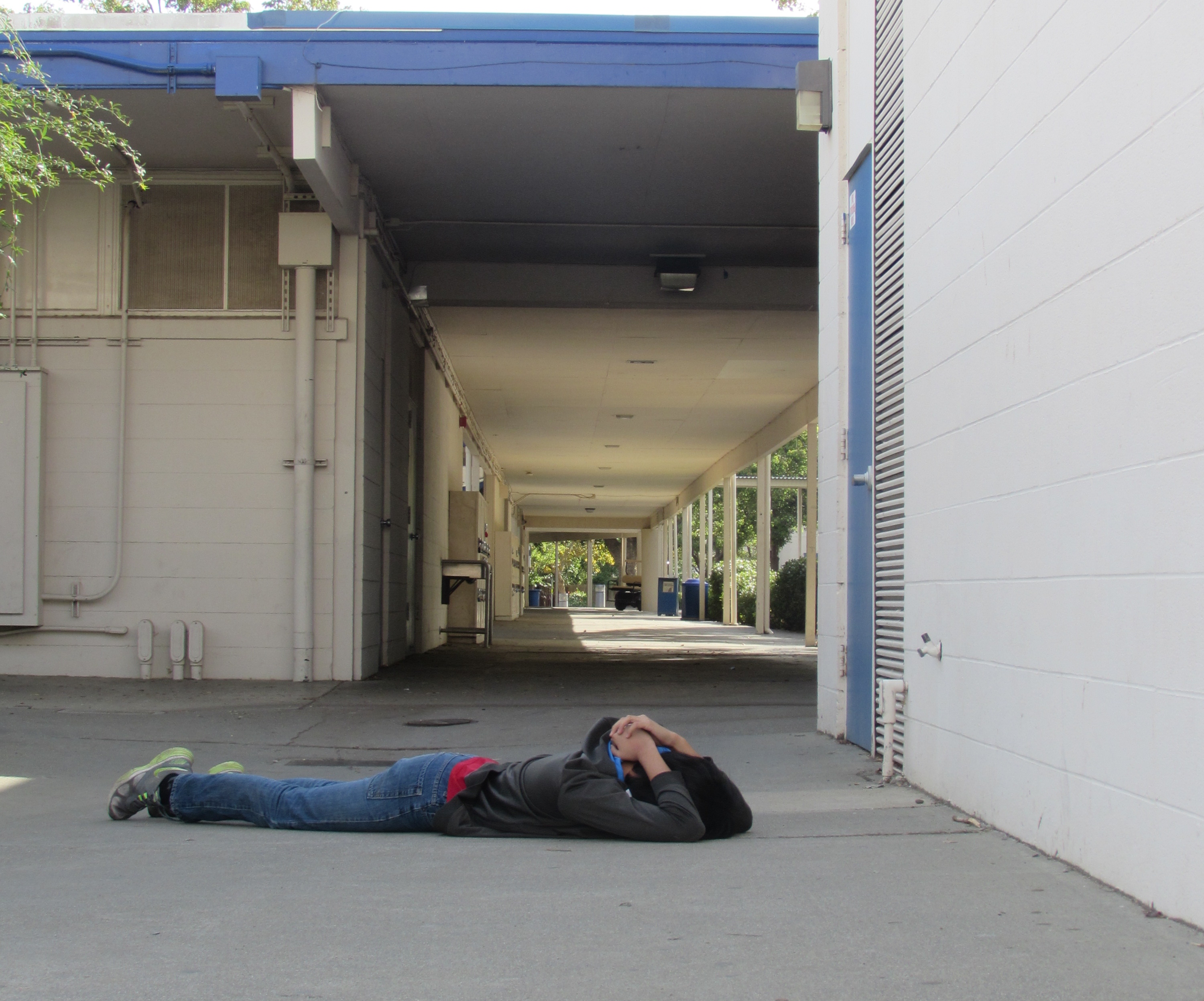Earthquake safety protocol urged in schools

By Bailey MkNelly,
Bluedevilhub.com Staff–
In the last 50 years, approximately 207 people have died due to earthquakes in California alone.
Davis High lacks the proper facilities and precautions in the event of an earthquake; DHS classrooms are full of bookshelves, loose items, hanging lights, large windows and desks too small to hide under.
The Southern California Earthquake Center states that steps need to be taken in advance to secure bookshelves and lights, and students need to know to stay away from windows and where best to seek cover. It also suggests not stacking objects above head level.
Davis has experienced 321 earthquakes above 1.5 on the Richter Scale in the past year, according to the U.S. Geological Survey. Although most of these earthquakes have been so small that few felt them, they are a sign that a major earthquake could occur in or near the area.
On Aug. 24 at 3 a.m., a 6.0 magnitude earthquake shook Napa with tremors reaching Davis.
“[The earthquake] was so violent none of us could get out of bed,” Napa resident Jill Klein-Matthiasson said.
“Our house was severely damaged. It was red-tagged and therefore deemed uninhabitable and we had to move out.”
Here in Davis, 60 miles away, many DHS students slept through the earthquake. Sophomore Blair Boswell, however was awakened by the shaking.
“My pool was sloshing around and the water was all out and around the pool. It was like an elephant did a cannon ball,” Boswell said.
During this year’s safety week, DHS performed a drill instructing students to seek shelter from falling debris, combining the lockdown and shelter in place drills. Few students, however, were left understanding safety protocol that could save their lives in the event of a major earthquake.
“I’m just not sure what to do in case of an aftershock,” sophomore Katrina Sturm said.
This is a concern for many students. Schools teach what to do during the earthquake but not how to safely handle the situation afterwards.
The Red Cross recommends staying indoors until the shaking stops and you are sure it is safe to exit the building. The Red Cross website also says to be sure to turn off the gas to your house but not to enter a damaged building.
“We got out of the house immediately after the shaking stopped, and immediately turned off the gas, water and electricity to the house,” said Matthiasson, following protocol to the letter.
“I always thought you were supposed to stand in a doorway; it seems safer than under a desk, or I could go outside because then the ceiling couldn’t fall on me,” sophomore Lauren Wienker said.
“Rather than stand in a doorway, we recommend you drop, cover and hold on. Stay still and try to protect your head and torso,” American Red Cross representative Melanie Pipkin Kozel said.
Some students, however, have been taught what to do in past years. “I know that you should try to get under something stable,” Boswell said.
However, in the event of an earthquake it’s not enough to have been told what to do during a drill several years ago. The information needs to be repeated and understood.
“When [the house] stopped shaking we were all screaming to make sure everyone was ok and didn’t stop to think about protocol,” 15-year-old Napa native Kathleen Schaffle said.



